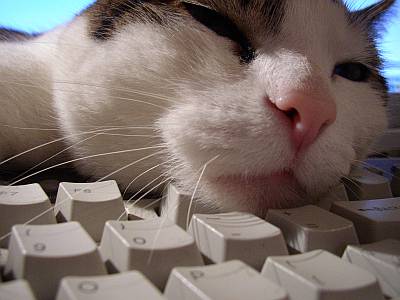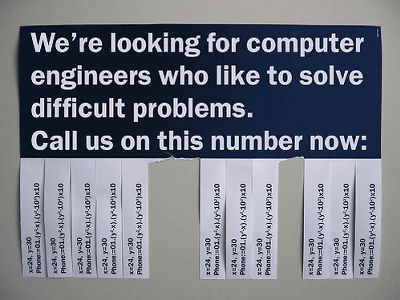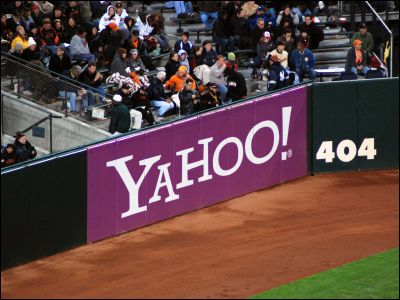Why is the number '0' on the keyboard to the right of the number '9' and not to the left of the number '1'?

On PC keyboards and smartphone alphanumeric input screens, the numeric input keys are usually arranged in the order '1234567890.' This order is something we see as a matter of course, but if you think about it, it seems strange that '1 to 9 are arranged in ascending order, but 0, which is a number smaller than 1, is at the far right.' A question on an online bulletin board asking this question was answered with a convincing reason based on the history of technological progress.
keyboard layout - Why is the 0 next to 9, not next to 1? - User Experience Stack Exchange
https://ux.stackexchange.com/questions/76446/why-is-the-0-next-to-9-not-next-to-1
In April 2015, a question was posted on User Experience Stack Exchange, an online community site specializing in user experience (UX) research, asking, 'Why is the number 0 on the keyboard next to the number 9 and not the number 1?' Gerrit , a user of the site and a researcher in satellite technology, said, 'On all keyboards I've seen, the number 0 is placed to the right of the number 9, with the only exception being the original Dvorak layout .' He asked for opinions on why the number 0 violates this rule, even though the numbers 1 to 9 are in ascending order.
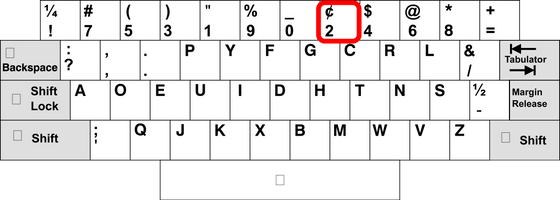
by
In response to this question, supercat , who was selected as the best answerer, replied, 'Many early typewriter keyboards did not have a key to the left of the number 2. This is because when typists wanted to type 1, they would use a capital I if the shift key function was not available, or a lowercase l if the shift key function was available. And typewriters that used the shift key to enter capital letters generally had the number 0 on the keyboard. This is because it would be too much trouble to press the shift key to substitute for the capital O. At that time, the 0 was placed next to the 9 so that the layout would be the same on all typewriter models .'
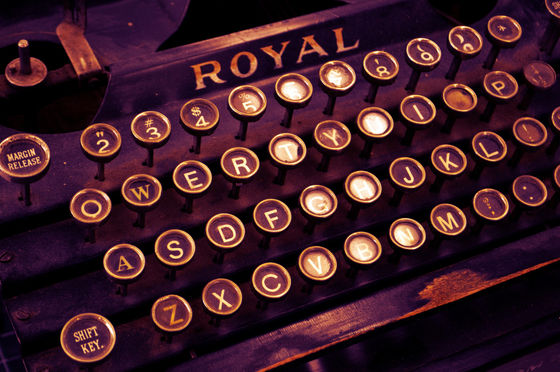
According to supercat, the influence of the telephone dial may also be a factor. In old rotary dial telephones, the current was interrupted once when you put your finger on the 1 part and twice when you turned it, and the number was entered by doing so. However, since it is impossible to 'interrupt the current 0 times,' it was instead interrupted 10 times to enter 0. Therefore, in telephones that use this method, the dials are arranged in the order of '1234567890,' and this may have affected the keyboard layout.
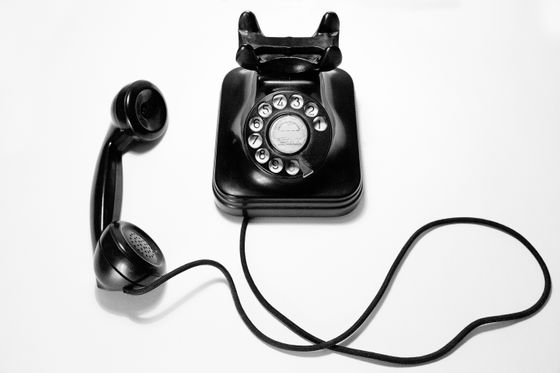
Other people besides supercat have also answered this question.
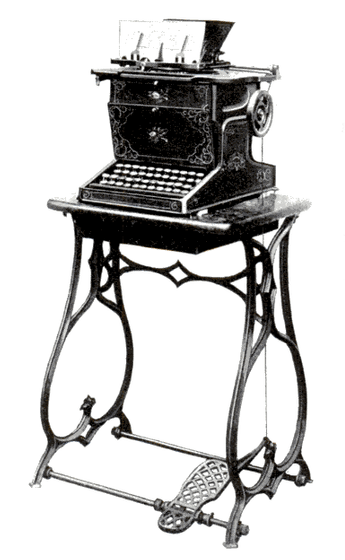
Not everyone was convinced by supercat and his team's answer. In the comments section of his answer, some people pointed out that 'it's a plausible guess, but it's not an answer,' while others said, 'I don't like this question in the first place, because there is no clear answer to this question . We can come up with great theories and guesses, but they're just that - theories and guesses, and they have nothing to do with UX.'
Others included, 'When you enter a sequence of numbers with multiple digits, like 10 or 100, the sequence rarely starts with 0, so having a 0 at the beginning is inconvenient. Also, most programming languages are zero-based, so counting starts from 0, but non-programmers count from 1. And the majority of people who use keyboards are not programmers.' Others included , 'Even though 0 is the most frequently typed key, it is inefficient to have it in an inconvenient place, such as next to the symbols and Delete key, but this arrangement has become legacy , so unfortunately it is unlikely to be changed anytime soon.'
Related Posts:
in Note, , Posted by log1l_ks




